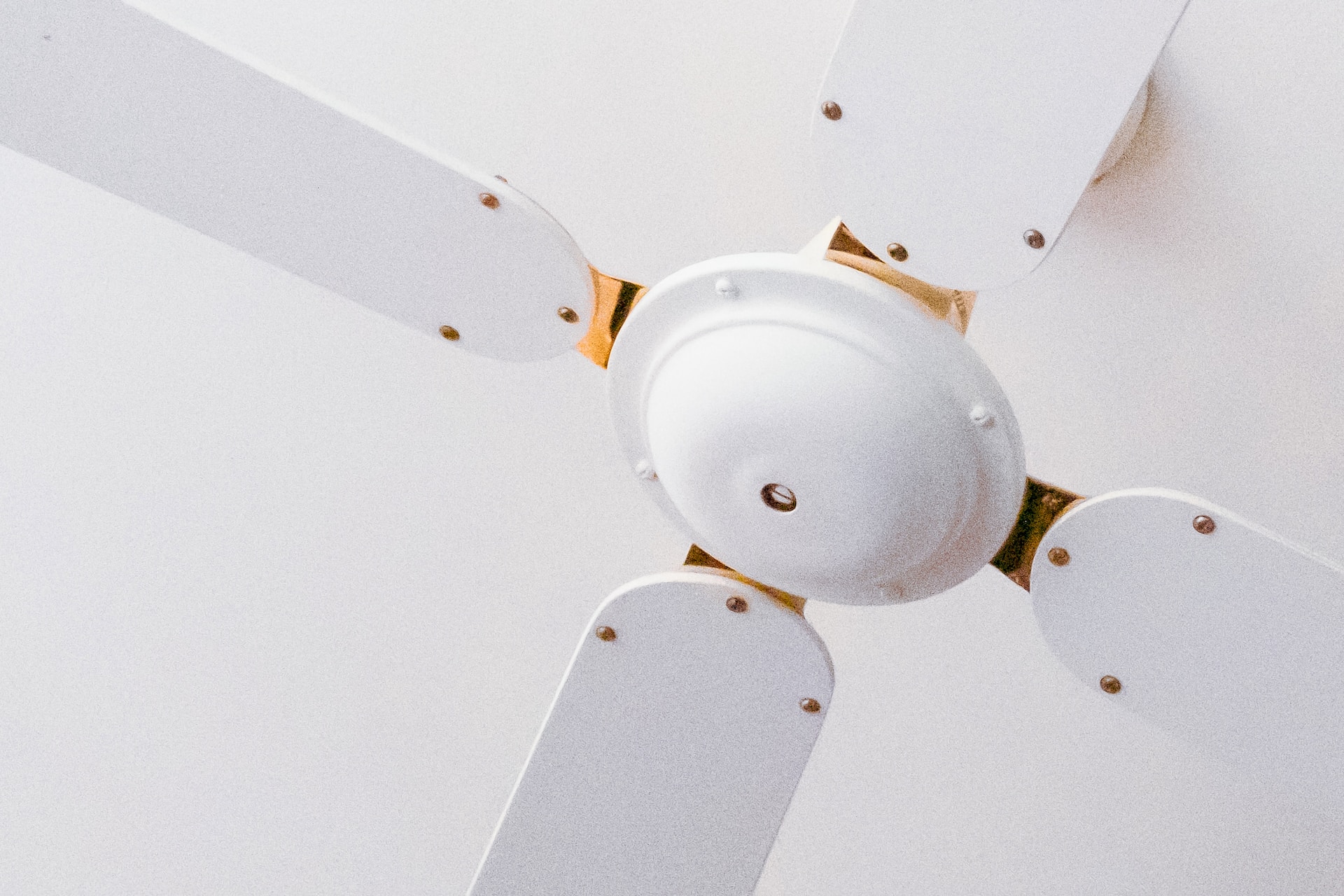
When summer arrives, keeping your home cool and comfortable can become a challenge. Elevated temperatures and humidity can make indoor spaces feel stuffy and stagnant. However, with some simple tricks and techniques, you can successfully beat the heat this summer and maintain a pleasant environment in your house.
This article aims to provide helpful tips on optimizing airflow, insulation, shading, and HVAC usage to reduce indoor heat and enhance home comfort during hot summer months. So, keep on reading to learn more.
Use Ceiling Fans
Installing ceiling fans is one of the easiest and most effective ways to stay cool in summer. The air movement generated by ceiling fans makes rooms feel several degrees cooler by increasing evaporation and dispersing stagnant air. Run fans on medium or high speed for optimal airflow. Lower speeds will not move air efficiently. Use the correct size fan for the space. Oversized fans are efficient and undersized ones will need more airflow.
Make sure your fan blades are adequately dusted and cleaned. The buildup of dust reduces efficiency. Consider installing larger fans with blade spans over 50 inches for high and open spaces. Alternatives like pedestals and desk fans also aid ventilation though they circulate air less widely.
Insulate Your Home
Proper insulation is key for keeping indoor temperatures stable and comfortable during summer’s heat. Inspect insulation levels in attics, basements, and exterior walls. Add insulation if needed. Use fiberglass batts or loose-fill insulation for unfinished spaces like attics. Use foam boards for finished areas. Seal air gaps around windows, doors, pipes, and wires before installing insulation. Drafts reduce effectiveness. Adding insulation may be challenging. Consult professional insulation installers for complex jobs. Insulation can lower air conditioning costs by up to 20% while enhancing comfort.
Keep Your Windows Covered
Window coverings are essential for minimizing heat gain from sunlight shining into your home’s interior. Use tightly woven opaque fabrics like heavy curtains, Roman shades, or blackout blinds to reflect sunlight. Install exterior awnings over windows to block sunlight before it enters the house. Close all curtains and blinds during the hottest times of the day. Open windows in the evenings to let in cooling breezes. Close them during the daytime. Install window film or get tinted windows for additional protection from solar heat.
Maintain Your HVAC System
Your HVAC system bears the brunt of summer cooling duties. Make sure to maintain it properly for optimal performance. Clean the condenser coils annually to prevent debris buildup that can reduce cooling capabilities. Replace air filters every 1-3 months to facilitate proper airflow. Straighten out kinked flexible ductwork to ensure smooth distribution of cool air. Have an HVAC technician complete a system checkup before summer to identify potential issues. And scheduling seasonal maintenance by qualified heat and air services in OKC, or wherever you live, would be best to keep the system running efficiently.
Use Lighter Colors
Painting your home’s interior and exterior in lighter colors is an easy way to minimize heat retention. Lighter paint colors reflect more sunlight outward and absorb less heat than darker colors. Bright whites and off-whites work best for exterior siding, roofs, and pavement areas. Soft tones like tan, light blue, or pale yellow also aid cooling for exterior house paint.
For interiors, use light tones like mint green, peach, and sky blue for a cooling ambiance. Use lighter area rugs instead of heavy dark carpets to reduce floor heat retention.
Seal Air Leaks
Drafts from air leaks can undermine your home’s insulation and allow hot outdoor air to seep in. This is especially true during the summer. Inspect windows and doors for gaps and seal them with weather stripping. Cover electrical outlets and switches on exterior walls with foam gaskets. Seal any openings around pipes, vents, wires, and fixtures with expandable foam. Have professionals handle major leakage issues in attics, basements, and ductwork.
Conclusion
Taking the right steps to cool your home can ensure summer doesn’t turn your house into a sweltering sauna. Focus on ventilating, shading, and insulating to prevent heat buildup indoors.
Maintain your HVAC properly and utilize smart thermostats for precision comfort control. Consider planting trees or hiring AC experts if needed. Nevertheless, these key tips will help keep your home’s temperature cool and comfortable all summer.


